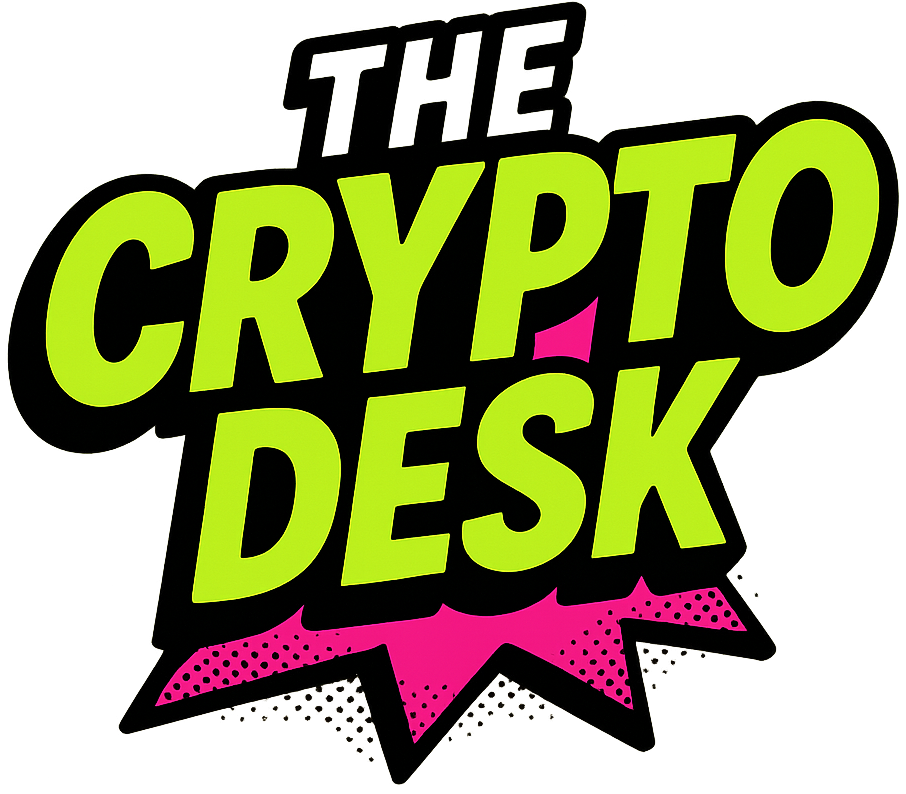The Ripple Lawsuit: A Legal Tangle Unfolds
The ongoing lawsuit involving Ripple continues to capture public interest and incite speculation within the cryptocurrency community. Legal experts and industry insiders are weighing in, trying to anticipate what may come next for Ripple and its flagship token, XRP. Recently, attorney Jeremy Hogan provided valuable insights into the reasons behind the case’s delay, particularly noting complications related to the court’s injunction against Ripple’s direct sales of XRP to customers. His remarks were made in response to legal analyst MetaLawMan, who suggested that Ripple might be seeking a more favorable settlement with the SEC to overturn Judge Torres’s ruling.

A graphic representation discussing the current legal scenario of Ripple.
The Ripple Lawsuit: Legal Hurdles and Potential Outcomes
Attorney Hogan highlighted the intricacies involved in resolving Ripple’s case, identifying Judge Torres’s injunction as the principal obstacle to reaching a resolution. He explained that the delay in settling the lawsuit stems largely from this court order that prohibits Ripple from selling XRP directly to consumers. While there are potential workarounds, Ripple evidently prefers not to engage in those complexities.
According to Hogan, even if Ripple and the SEC manage to strike a deal, unwinding a court-issued injunction is notoriously challenging. He referenced Rule 60 of the Federal Rules of Civil Procedure, which stipulates that a court cannot simply amend its judgment without demonstrable new legal circumstances. “The challenge is to convince Judge Torres to lift the injunction, even though it is rooted in the longstanding Howey test rather than specific SEC regulatory policies,” Hogan noted.
One potential avenue for Ripple involves jointly petitioning the court with the SEC to vacate the injunction. If Judge Torres finds their reasoning persuasive, she could grant the request, allowing Ripple to resume direct XRP sales without legal encumbrances. However, Hogan cautioned that this approach necessitates meticulous legal navigation, as Ripple has only one opportunity to file this motion, which must be in perfect alignment with SEC approval for the best chance of success.
Ripple’s Strategic Negotiations: Can They Seal a Better Deal?
Legal analyst MetaLawMan speculated further on Ripple’s approach, suggesting that the company might be negotiating hard to secure a deal that not only lifts the injunction but also removes any “bad boy” provisions from Judge Torres’s ruling. He proposed that while the SEC might have previously consented to a straightforward $125 million settlement, Ripple seems intent on securing far more favorable terms.
If Ripple does manage to overcome these legal hurdles, it could set the stage for numerous possibilities, including future securities offerings or even filing for an IPO, which would solidify Ripple’s position in the financial landscape.
Trump’s Crypto Reserve Announcement: A Market Catalyst
As these legal dialogues unfold, the cryptocurrency market experienced a significant surge coinciding with former President Donald Trump’s announcement of a U.S. Crypto Strategic Reserve. This new initiative will include a repertoire of cryptocurrencies such as Bitcoin, Ether, XRP, Solana, and Cardano. Following the news, the market reacted enthusiastically: Bitcoin soared 8%, hitting $93,007, while Ether surged by 9.7% to reach $2,438. XRP, closely tied to the announcement, witnessed a remarkable increase of 24.5%, reaching $2.80. Other popular cryptocurrencies, including Solana (+18.7%) and Cardano (+58.8%), also posted substantial gains.

A visual representation of the cryptocurrency market’s response to Trump’s announcement.
Although the market enthusiasm is palpable, Trump’s crypto reserve initiative has ignited a debate within financial circles. Supporters like Eric Trump praised this move as a revolutionary step favoring retail investors over traditional financial institutions. “For the first time, retail investors win,” he declared, suggesting that Wall Street needs to adapt swiftly to this new trend.
The Debate: Risks vs. Rewards
On the flip side, critics warn of potential volatility arising from diversifying the reserve across multiple cryptocurrencies. Brian Armstrong shared his opinions on asset allocation, expressing that while Bitcoin might be the safest bet, introducing a mixed bag of cryptocurrencies could lead to unnecessary financial risks.
What Lies Ahead for Ripple and XRP?
As Ripple navigates its legal challenges and the cryptocurrency landscape is invigorated by Trump’s policies, the upcoming months will be crucial for XRP’s future. If Ripple successfully lifts the injunction, it could not only restore investor confidence but also pave the way for new business ventures and potentially an IPO. Conversely, if the court upholds the restrictions, Ripple’s operational capabilities in direct cryptocurrency sales could remain hampered, affecting its long-term growth potential.
Why It Matters: The Ripple Effect on the Crypto Market
The outcome of Ripple’s legal battle is not merely a matter for the company itself; it represents a pivotal moment for the entire cryptocurrency sector. A favorable ruling could signal a more accommodating regulatory environment for digital assets, encouraging further innovation and investment. Conversely, a continued crackdown could reinforce existing concerns about regulatory overreach and dampen the enthusiasm that has driven the market’s growth.
Future Outlook: Keeping an Eye on Developments
As this situation evolves, stakeholders in the cryptocurrency ecosystem will need to stay informed about Ripple’s legal strategies and market reactions to regulatory announcements. The intersection of legal proceedings, market movements, and institutional interest will undoubtedly shape the future of XRP and the broader cryptocurrency market landscape.

